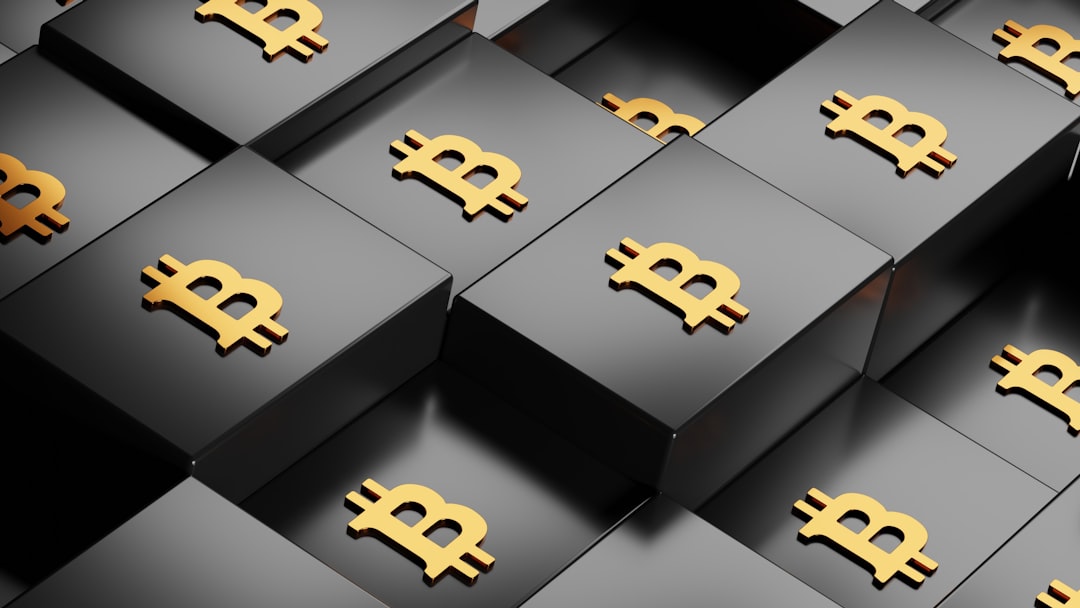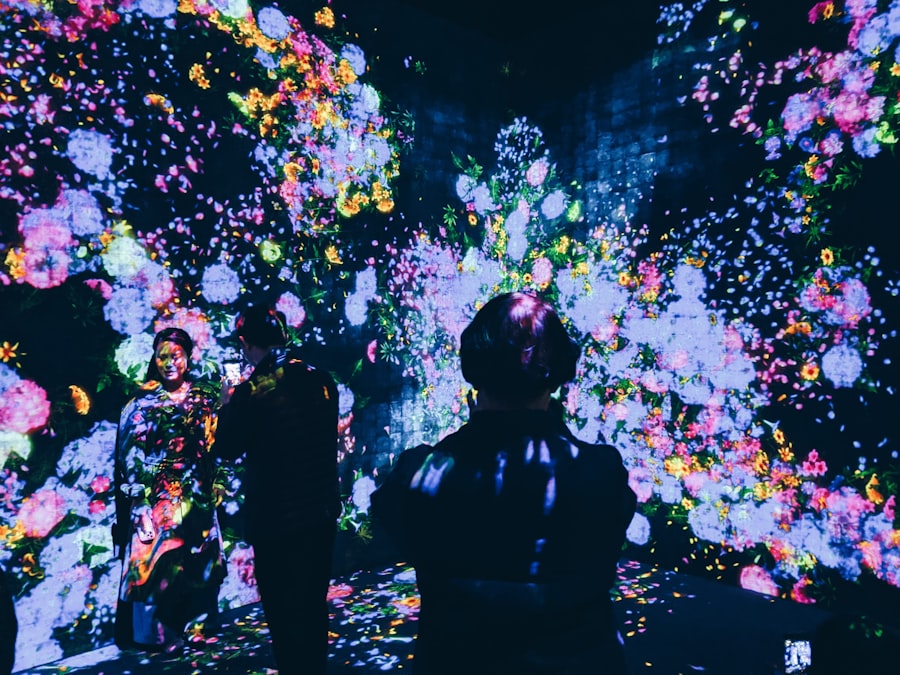An NFT index is a collection of non-fungible tokens (NFTs) that are grouped together to create a diversified investment vehicle. NFTs are unique digital assets that are stored on a blockchain, and they can represent anything from digital art and collectibles to virtual real estate and in-game items. An NFT index allows investors to gain exposure to a broad range of NFTs without having to purchase each individual token separately. This can provide diversification and potentially reduce the risk associated with investing in a single NFT.
NFT indexes are typically created and managed by a platform or organization that curates a selection of NFTs based on specific criteria, such as artist reputation, rarity, or market demand. These indexes can be designed to track the performance of the overall NFT market or specific segments within it, providing investors with a benchmark for evaluating their NFT investments. As the NFT market continues to grow and evolve, indexes have become an increasingly popular way for investors to participate in this emerging asset class.
Key Takeaways
- An NFT Index is a collection of NFTs that are grouped together to track the performance of the NFT market as a whole.
- NFT Index works by using a weighted average of the prices of the NFTs in the index to provide a snapshot of the overall NFT market performance.
- Investing in an NFT Index provides diversification, liquidity, and exposure to the overall NFT market without the need to pick individual NFTs.
- Risks of investing in an NFT Index include market volatility, regulatory uncertainty, and the potential for index underperformance compared to individual NFTs.
- To get started with NFT Index investing, one can research available NFT Index funds, choose a reputable platform, and consider the fees and liquidity of the index.
How does an NFT Index work?
An NFT index works by aggregating a diverse range of NFTs into a single investment product. This can be done manually by a team of experts who curate the selection of NFTs based on their knowledge of the market, or it can be done algorithmically using predefined criteria. Once the NFTs are selected, they are grouped together and tokenized to create shares that represent ownership in the index. These shares can then be bought and sold on a secondary market, allowing investors to gain exposure to the underlying NFTs without having to directly own them.
The value of an NFT index is typically calculated based on the performance of the underlying NFTs. As the value of the individual NFTs in the index fluctuates, so does the value of the index itself. This provides investors with a way to track the performance of their NFT investments in real time. Additionally, some NFT indexes may also generate income for investors through royalties or other revenue streams associated with the underlying NFTs. Overall, an NFT index provides a convenient and efficient way for investors to gain exposure to the growing NFT market.
Benefits of investing in an NFT Index
Investing in an NFT index offers several potential benefits for investors. Firstly, it provides diversification by allowing investors to gain exposure to a broad range of NFTs without having to purchase each individual token separately. This can help spread risk and reduce the impact of any single NFT underperforming. Additionally, an NFT index can provide access to high-value or rare NFTs that may be out of reach for individual investors due to their high cost or limited availability.
Furthermore, investing in an NFT index can offer liquidity, as shares of the index can be bought and sold on secondary markets. This provides investors with flexibility and the ability to easily enter or exit their positions. Additionally, some NFT indexes may also generate income for investors through royalties or other revenue streams associated with the underlying NFTs, providing potential for passive income. Overall, investing in an NFT index can provide a convenient and efficient way for investors to participate in the growing NFT market.
Risks and considerations when investing in an NFT Index
| Category | Risks and Considerations |
|---|---|
| Market Volatility | NFT indexes can be highly volatile, with prices fluctuating rapidly. |
| Lack of Regulation | The NFT market is relatively new and lacks clear regulations, leading to potential risks for investors. |
| Security Concerns | Investors need to be aware of potential security vulnerabilities in NFT platforms and marketplaces. |
| Liquidity | NFT indexes may suffer from liquidity issues, making it difficult to buy or sell assets at desired prices. |
| Market Saturation | As the NFT market grows, there is a risk of oversaturation and decreased demand for certain assets. |
While investing in an NFT index offers potential benefits, there are also risks and considerations that investors should be aware of. One key consideration is the volatility of the NFT market. The value of NFTs can be highly speculative and may fluctuate significantly over short periods of time. This means that an investment in an NFT index can be subject to high levels of volatility, which may not be suitable for all investors.
Additionally, there is the risk of regulatory uncertainty surrounding NFTs. As the market for NFTs continues to evolve, there may be changes in regulations that could impact the value and liquidity of NFT investments. Investors should stay informed about any regulatory developments that could affect their investments in NFT indexes. Furthermore, there is also the risk of technological obsolescence, as advancements in blockchain technology or changes in consumer preferences could impact the value of certain types of NFTs.
How to get started with NFT Index investing
For investors interested in getting started with NFT index investing, there are several steps to consider. Firstly, it’s important to research and understand the different NFT indexes available in the market. Each index may have its own unique selection criteria, fee structure, and investment strategy, so it’s important to compare and evaluate them before making an investment decision. Additionally, investors should consider their risk tolerance and investment goals when selecting an NFT index that aligns with their preferences.
Once an investor has selected an NFT index to invest in, they can typically purchase shares of the index through a cryptocurrency exchange or trading platform that supports NFT investments. It’s important to ensure that the platform is reputable and secure before making any transactions. After purchasing shares of an NFT index, investors should monitor their investment and stay informed about any developments in the NFT market that could impact their investment.
The future of NFT Indexes

The future of NFT indexes looks promising as the market for digital assets continues to grow and evolve. As more artists, creators, and brands embrace NFTs as a way to monetize their digital content, the demand for diversified exposure to this asset class is likely to increase. This could lead to the development of new and innovative NFT indexes that cater to specific niches within the market, such as gaming, virtual real estate, or digital collectibles.
Furthermore, advancements in blockchain technology and decentralized finance (DeFi) could also lead to new opportunities for investing in NFT indexes. For example, decentralized autonomous organizations (DAOs) could be used to collectively curate and manage NFT indexes, providing a more democratic and community-driven approach to index investing. Additionally, as regulatory clarity improves and institutional interest in NFTs grows, we may see increased participation from traditional financial institutions in the development and management of NFT indexes.
The potential of NFT Indexes
In conclusion, NFT indexes offer a convenient and efficient way for investors to gain exposure to the growing market for non-fungible tokens. By providing diversification, liquidity, and potential income generation, investing in an NFT index can offer several benefits for investors looking to participate in this emerging asset class. However, it’s important for investors to carefully consider the risks and considerations associated with investing in NFT indexes before making any investment decisions.
As the market for digital assets continues to evolve, the future of NFT indexes looks promising, with potential for new innovations and opportunities for investors. By staying informed about developments in the NFT market and carefully evaluating different investment options, investors can position themselves to take advantage of the potential growth and opportunities offered by NFT indexes. Overall, while there are risks involved, the potential benefits of investing in an NFT index make it an exciting opportunity for investors looking to participate in the burgeoning market for digital assets.
If you’re interested in learning more about NFTs and their impact on the digital art world, you should check out the latest article on the NFT Newsletter website. In addition to their NFT index, they also provide valuable insights into the world of non-fungible tokens. For example, their recent article “The Future of NFTs: A Test Case” delves into the potential future developments in the NFT space. Whether you’re a seasoned collector or just starting to explore this exciting new market, the NFT Newsletter has something for everyone.
FAQs
What is an NFT index?
An NFT index is a collection of non-fungible tokens (NFTs) that are grouped together to represent a specific market or sector within the NFT space. These indexes can be used to track the performance of NFTs within a certain category or to provide exposure to a diversified portfolio of NFTs.
How does an NFT index work?
An NFT index works by aggregating a selection of NFTs that meet certain criteria, such as being related to a specific theme, artist, or collection. The index is then used to track the overall performance of these NFTs, providing investors with a way to gain exposure to the NFT market without having to purchase individual tokens.
What are the benefits of investing in an NFT index?
Investing in an NFT index can provide diversification within the NFT market, as it allows investors to gain exposure to a range of NFTs within a specific category or sector. Additionally, NFT indexes can offer a more passive way to invest in the NFT space, as they do not require the same level of research and selection as individual NFT purchases.
Are there different types of NFT indexes?
Yes, there are different types of NFT indexes, including thematic indexes that focus on specific categories or themes, as well as broad market indexes that aim to track the overall performance of the NFT market. Additionally, there are indexes that are weighted by factors such as market capitalization or trading volume, and others that are equally weighted.
How can I invest in an NFT index?
Investing in an NFT index typically involves purchasing shares or tokens of the index through a platform that offers exposure to NFT indexes. These platforms may offer the ability to buy and sell shares of the index, as well as to track its performance over time. It’s important to do thorough research and understand the risks before investing in any NFT index.


















